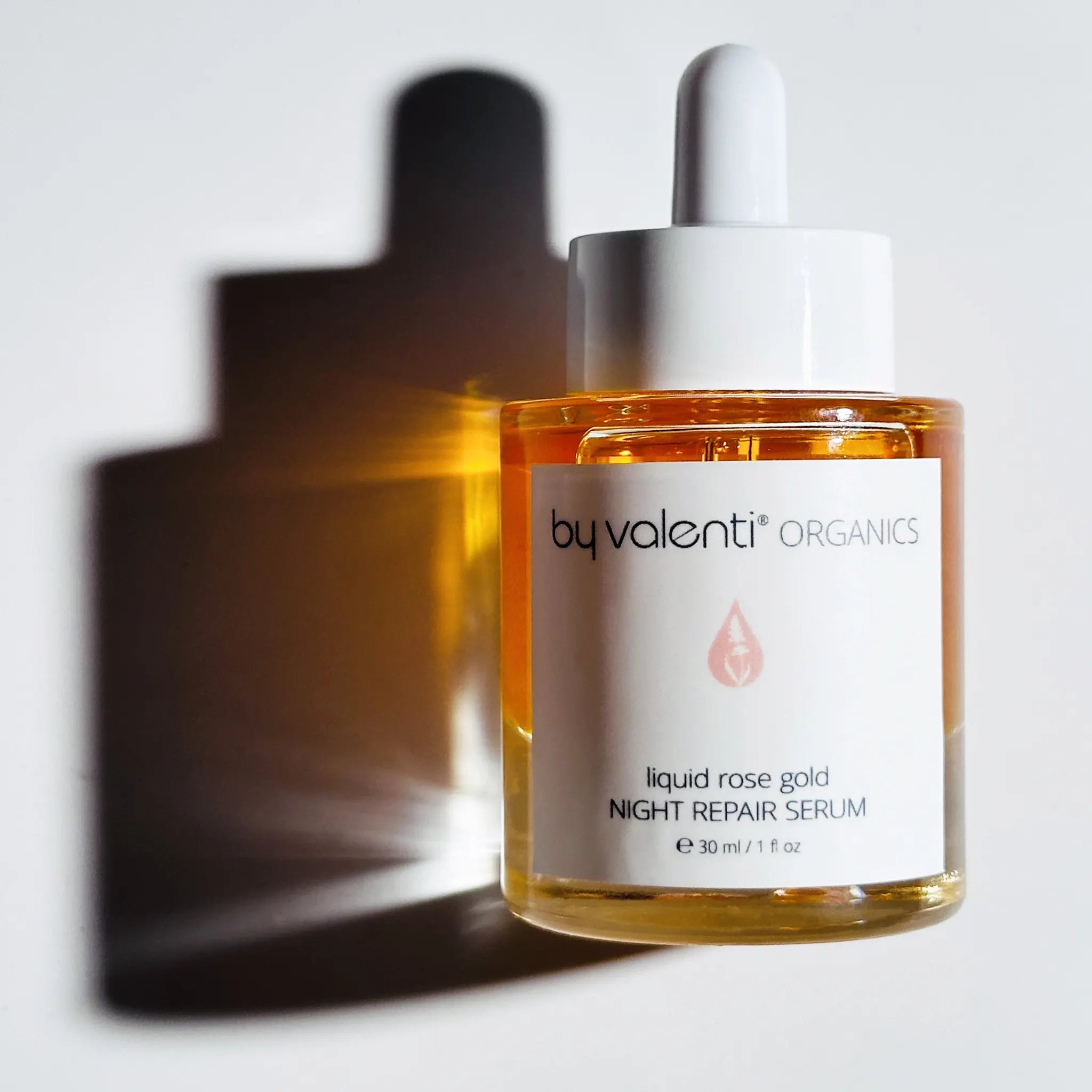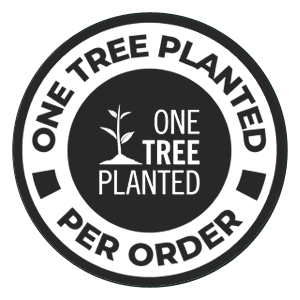Raw Vegetables That Aren’t Always Good for Your Health
Manuela ValentiShare
Cruciferous Vegetables: Broccoli, Cauliflower, Turnips, Brussels Sprouts & More
Cruciferous vegetables—including broccoli, kale, cauliflower, turnips, collard greens, bok choy, Brussels sprouts, and rutabaga—are rich in nutrients but also contain substances known as goitrogens. Goitrogens can interfere with thyroid function by inhibiting iodine uptake, potentially leading to thyroid enlargement (goiter) and hypothyroidism, especially in individuals with iodine deficiencies.
Safe Consumption Tip: Cooking these vegetables helps reduce goitrogen levels, making them safer for those concerned about thyroid health.
Nightshade Vegetables: Potatoes & Eggplants
Potatoes and eggplants belong to the nightshade family and contain glycoalkaloids, such as solanine and chaconine. These compounds serve as natural defenses for the plants but can be toxic to humans in large amounts.
- Potatoes: Exposure to light can increase solanine levels, especially in the skin, leading to a greenish hue. Consuming high levels of solanine can cause gastrointestinal distress and, in severe cases, neurological symptoms.
-
Eggplants: While they contain lower levels of solanine compared to potatoes, eating large quantities of raw eggplant may still pose risks.
Safe Consumption Tip: Always cook potatoes and eggplants thoroughly to reduce glycoalkaloid content. Avoid consuming potatoes that have turned green or sprouted.
Oxalate-Rich Vegetables: Spinach, Chard, and Beet Greens
Leafy greens such as spinach, Swiss chard, beet greens, and purslane contain oxalic acid, which can bind to minerals like calcium and iron, reducing their absorption. High oxalate intake has also been linked to the formation of kidney stones in susceptible individuals.
Safe Consumption Tip: Cooking these vegetables can decrease oxalate levels, enhancing mineral absorption and reducing the risk of kidney stone formation.
Vegetables Safe to Eat Raw
While some vegetables are best consumed cooked, many others are safe and beneficial to eat raw:
- Cucumbers
- Bell Peppers
- Carrots
- Lettuce and Other Leafy Greens
These vegetables are low in harmful compounds and rich in vitamins, making them excellent choices for raw consumption.
Final Thoughts: Balancing Raw and Cooked Vegetables
Incorporating a variety of vegetables into your diet is essential for optimal health. Understanding which vegetables are safer when cooked can help you maximize nutritional benefits while minimizing potential risks.
Key Takeaways:
- Cook cruciferous and nightshade vegetables to reduce harmful compounds.
- Consume oxalate-rich vegetables in moderation and consider cooking them to lower oxalic acid content.
- Enjoy low-risk vegetables raw to take advantage of their full nutrient profiles.
By balancing raw and cooked vegetables appropriately, you can enjoy a diverse and healthful diet.








